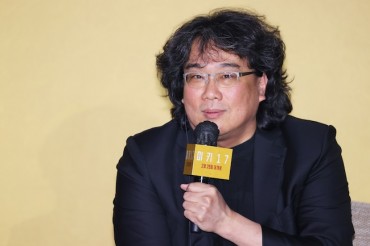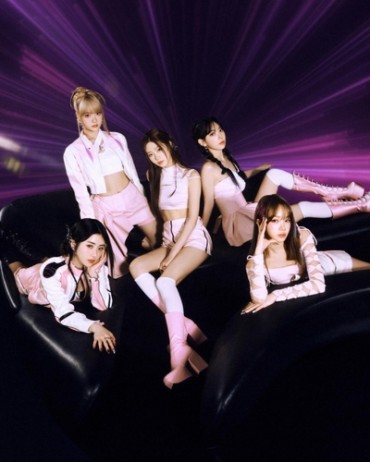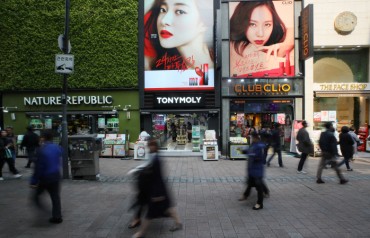SEOUL, July 2 (Korea Bizwire) — Earlier this month, a video depicting animals in distressing conditions, including a lion with visible ribs, generated significant controversy.
The Busan Alliance for the Prevention of Cruelty to Animals, an organization dedicated to animal protection, shared the video on social media, shedding light on the Bukyeong Zoo in Gimhae, Gyeongnam Province.
The video revealed enclosures where lions, tigers, and other big cats were housed without any visible dirt. Additionally, Japanese monkeys were leashed and exploited for feeding experiences with visitors.
One lion, in particular, caught attention due to its alarming state. This lion, born in 2004 at Seoul Children’s Grand Park, appeared elderly, emaciated, and lived alone in a dilapidated cage within inadequate facilities.
The lion spent over seven years confined to a small cage inside a building enclosed on three sides and a ceiling, with only a transparent window for viewing. The floor consisted of hard cement instead of natural soil.
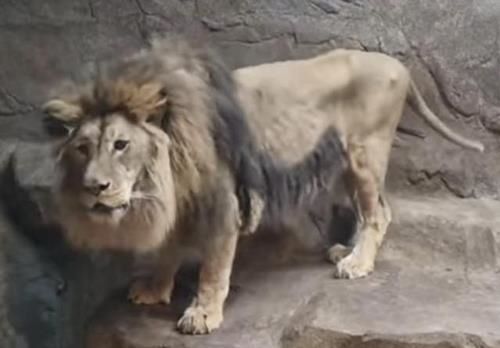
One lion, in particular, caught attention due to its alarming state. This lion, born in 2004 at Seoul Children’s Grand Park, appeared elderly, emaciated, and lived alone in a dilapidated cage within inadequate facilities. (Image courtesy of Yonhap)
It has been an extended period since the lion experienced the touch of soft soil, the warmth of the sun, the sight of clouds, stars in the night sky, rain, wind, and other natural phenomena that a free lion in the grasslands would encounter daily. The fact that the lion had been alone since the death of its lioness further amplified the tragedy.
In a limited enclosure, there was little a male lion could do. Apart from lying down to sleep, appearing lethargic, and awakening at the curiosity of onlookers, there was no sign of the majestic “king of the plains.”
Fortunately, the fate of this solitary male lion has recently started to change due to public opinion voiced through the internet.
In June, various posts surfaced on the “Request to the Mayor of Gimhae” page on the Gimhae City Hall website, demanding “freedom for suffering animals,” expressing discontent with Gimhae’s indifference toward neglected animals, and urging attention to animal welfare.
These posts highlighted the outdated and poor conditions at the facility and even called for the zoo’s closure.
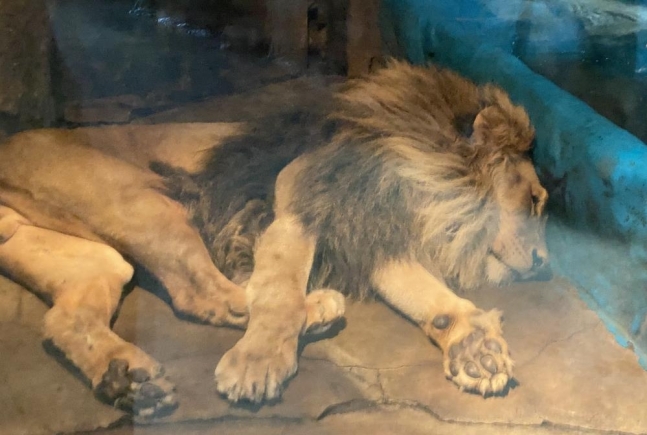
In a limited enclosure, there was little a male lion could do. Apart from lying down to sleep, appearing lethargic, and awakening at the curiosity of onlookers, there was no sign of the majestic “king of the plains.” (Image courtesy of Reporter Lee Jeong-hoon at Yonhap)
Mobilized by public sentiment, the lion was relocated to a new home for the remainder of its life. The Cheongju Zoo in Chungcheongbuk-do took responsibility for the lion’s care.
Unlike the enclosures at the Bukyeong Zoo, the lion enclosures at the Cheongju Zoo offer a relatively free environment spanning 400 to 500 square meters of natural soil.
Lions are social animals, and it is expected that the male lions from the Bukyeong Zoo will form a social group once they adjust to their new surroundings, as the Cheongju Zoo already houses lions aged 12 and 20.
This development has drawn increasing interest in the Cheongju Zoo, which is emerging as a hub for wildlife conservation and ecological practices.
Formerly a small zoo that garnered limited attention due to the absence of large animals like elephants and giraffes, the Cheongju Zoo has transformed itself into an advocate for animal welfare.
The zoo prioritizes the treatment and protection of wild animals, with the aim of reintroducing them into their natural habitats. Notably, the park does not feature performing animals.
It houses a wildlife rescue center that takes in animals with permanent disabilities, providing them with care for the rest of their lives or humanely euthanizing them.
Established in 1997, Cheongju Zoo is home to 411 animals, including endangered species such as leopards and wolves.
In 2014, it became the third wildlife conservation organization in South Korea to receive certification for creating enclosures that replicate natural habitats for wildlife.
As a signatory to the Convention on International Trade in Endangered Species of Wild Fauna and Flora (CITES), South Korea has an obligation to protect endangered wildlife, including lions, by imposing trade restrictions and following specific procedures.
While many animal lovers argue that zoos have become relics of the past, reminiscent of a time when circuses and events displayed African tribesmen, people with rare diseases, and deformities in Europe just a century ago, the future of zoos remains uncertain. The concept of confining animals for display may not hold a place in the future.
Kim Ae-ra, president of the Busan Alliance for the Prevention of Cruelty to Animals, asserts, “Animals should be free to live where they belong.”
While zoos are adapting to prioritize animal welfare in line with changing times, they remain facilities that confine animals. Consequently, it seems logical that facilities confining and showcasing live animals will eventually disappear.
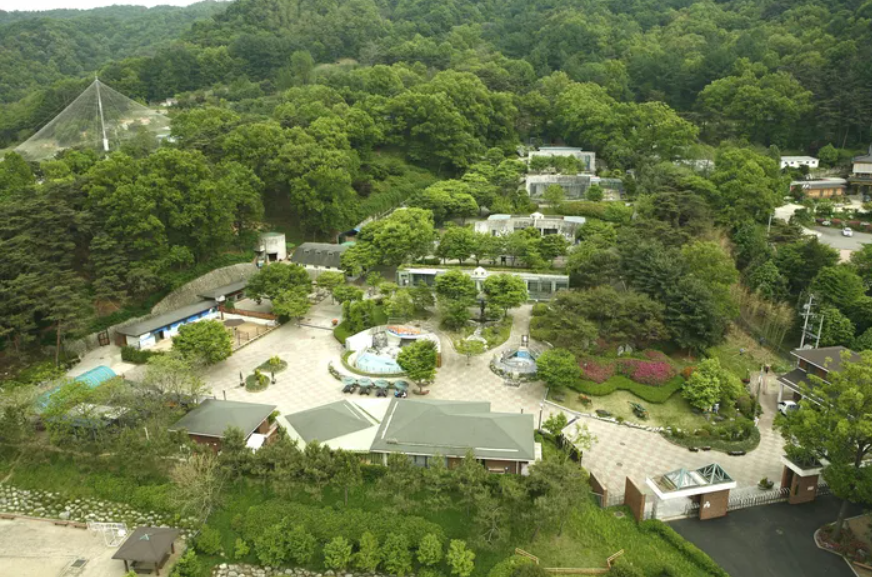
The Cheongju Zoo has transformed itself into an advocate for animal welfare. (Image courtesy of Cheongju-si)
Lina Jang (linajang@koreabizwire.com)





